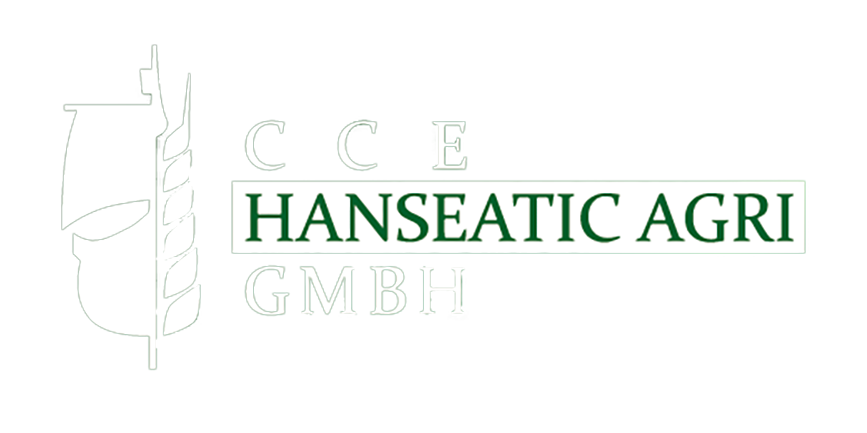The pet food industry has faced unprecedented challenges in recent years, leading to significant inflation in pet food prices.
At Hanseatic-Agri, we comprehend the intricacies of this situation. As a premier bulk animal feed supplier to significant dealers and the industry, we are well-positioned to offer insights into these trends.
Our commitment is to provide our clients with products and solutions that navigate the market demands, ensuring pets receive the nutrition they need without compromising quality or affordability.
The Landscape of Pet Food Inflation
Since 2019, the sector has witnessed a steady price climb, with pet food inflation outpacing the general inflation rate.
This trend is particularly evident when examining Labor Statistics around pet food, which show a nearly 24% price increase since January 2021. This inflation reflects broader economic pressures and highlights the specific challenges within the pet food industry, including the rising costs of ingredients used in dog and cat food.
Understanding these dynamics is crucial for companies producing pet food, as it impacts pricing strategies and product offerings, including the balance between private label options and national brands.
Factors Driving Pet Food Inflation
Several key factors contribute to the ongoing inflation in pet food prices:
- High demand for quality ingredients: As pet parents increasingly look for premium pet products, the demand for high-quality ingredients has surged, pushing up costs.
- Supply chain disruptions: The global logistics landscape has faced significant challenges, from manufacturing delays to transportation bottlenecks, affecting the availability and cost of pet food.
- Energy and transportation costs: Rising fuel prices directly impact the cost of producing and distributing dog and cat food, contributing to higher prices for the end consumer.
These elements combined have created a perfect storm, driving up the cost of pet food and challenging the industry to adapt.
The Impact of Seasonal Trends on Pet Food Prices
Historical data reveals that pet food prices, particularly for dog and cat food, tend to rise in the spring months. This pattern is attributed to various factors, including increased demand and the cyclical nature of production costs.
For instance, the pet food producer index (PPI) often thrives during this period, indicating a seasonal price adjustment. Companies in the pet food industry must anticipate these trends to manage costs effectively and maintain stable pricing for their products.
Subcategory Insights: Dog and Cat Food Prices
The inflationary trend in pet food prices varies significantly across different subcategories:
- Wet dog food has seen the most substantial price increases, with costs soaring by over 56% since January 2021.
- Dry/semi-moist cat food has also experienced significant inflation, though to a slightly lesser extent, highlighting the diverse challenges dog owners and cat owners face in finding affordable pet care options.
These insights are vital for companies focusing on bulk sales, as understanding the nuances of each subcategory can inform more strategic purchasing and production decisions.
The Silver Lining: Opportunities in the Market
Despite the overall trend of rising pet food prices, there are opportunities for companies to differentiate themselves and offer value to their customers. For instance:
- The decline in prices for small pet food categories suggests potential for market adjustments that could benefit producers and sellers of dog and cat food.
- The increasing interest in private label options presents an opportunity for companies to offer competitive pricing compared to national brands, appealing to cost-conscious consumers looking for quality pet products at lower prices.
Strategies for Navigating Pet Food Inflation
To mitigate the impact of pet food inflation, companies can adopt several strategies:
- Bulk purchasing: By buying ingredients in bulk, companies can achieve economies of scale and reduce per-unit costs, helping to offset the price increases in pet food production.
- Exploring alternative ingredients: Innovating with different ingredients that maintain nutritional quality but at a lower cost can help keep retail prices competitive.
- Efficiency improvements: Streamlining production and distribution processes can reduce overheads and provide more stable pet food pricing.
Hanseatic-Agri is at the forefront of implementing these strategies, ensuring we can continue offering our clients competitive prices and high-quality products despite market fluctuations.
Conclusion
The persistence of pet food inflation poses significant challenges for the industry, particularly for companies that produce and sell pet food to the end consumer.
However, businesses can navigate these challenges by understanding the factors driving these price increases and adopting strategic approaches to procurement and production.
At Hanseatic-Agri, we are committed to leveraging our expertise and resources to support our clients through these turbulent times, ensuring that together, we can continue to meet the nutritional needs of pets across the globe.


